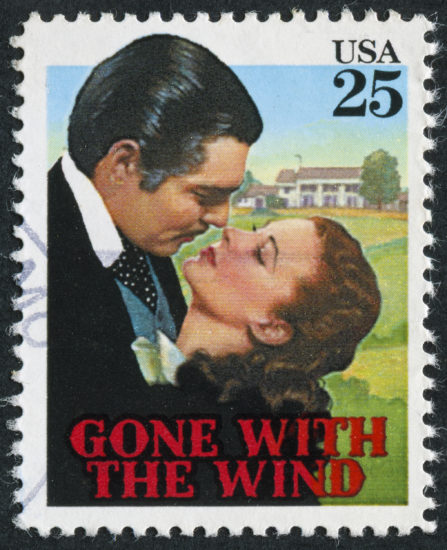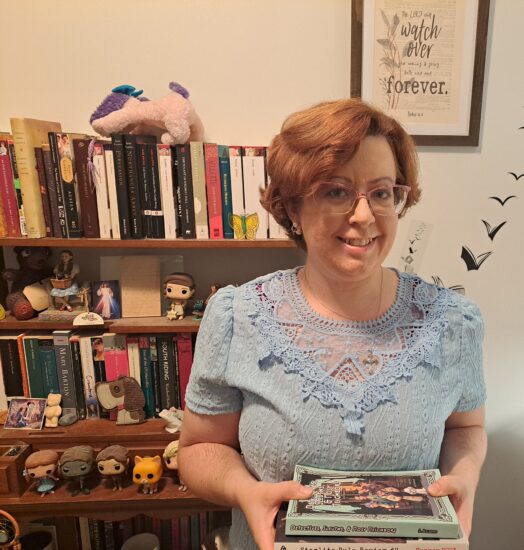
Sometimes when I read stories submitted to the “Friend”, there can be a distinct lack of clarity regarding what a story is about.
The writer may have created an engaging main character, but if that character aimlessly ambles around, lacking narrative direction, then the reader will quickly switch off.
It is therefore incredibly important to give your main character something to strive for, or a situation to overcome.
When talking to writers, I often use the term “motivation to succeed”. This means giving your character story goals, and creating obstacles standing in their way.
It’s still easy, though, for writers to lose their thread when it comes to the actual story writing.
This is where the use of a logline can come in handy.
A logline is simply a one-sentence summary of what a story is about, highlighting the protagonist, the protagonist’s goal, and the adversary or hostile force he or she is facing.
One-sentence Summary
Here are two examples of famous loglines:
A girl (protagonist Dorothy) finds herself transported to a magical land – but before she can return home (story goal) she must battle an evil witch (adversary).
Against the backdrop of the American Civil War (antagonistic force), a spoiled Southern Belle (protagonist Scarlett) has to adapt to survive (story goal).
So, next time you are thinking of writing a short story, serial or novel, see if you can sum it up in one sentence.
All you need to remember are three key elements: protagonist, story goal and adversary/obstacle to overcome.
It can be quite a challenge to write loglines. But summing up a story in one line really does encourage effective, focused storytelling.
Click here for more of our Writing Tips.
Fiction Ed Shirley’s Writing Prompt Story Starters can inspire your next project. Read them here.




